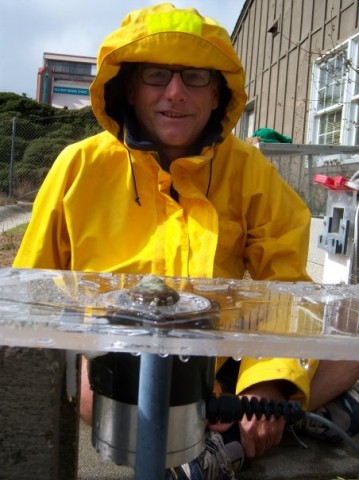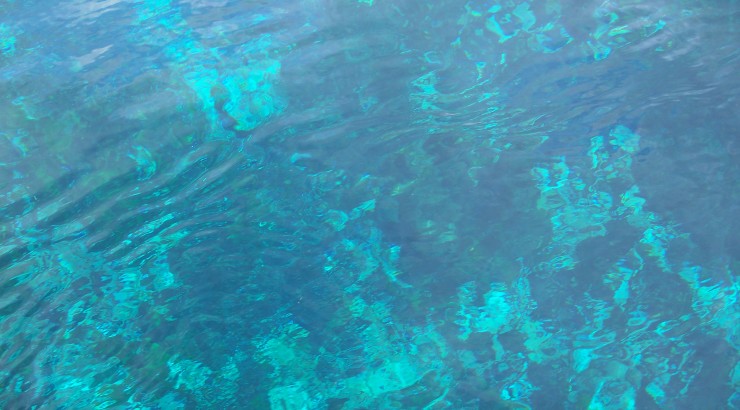Dr. Wright and students make surprise discovery during ocean research
August 29, 2013
 Sea hares (also known as sea slugs) are quite popular subjects amongst researchers in neuroscience. The sea slugs are known for their large and relatively few brain cells. The fewer the brain cells, the easier it is for researchers like Dr. Wright to find and study neural activity.
Sea hares (also known as sea slugs) are quite popular subjects amongst researchers in neuroscience. The sea slugs are known for their large and relatively few brain cells. The fewer the brain cells, the easier it is for researchers like Dr. Wright to find and study neural activity.
Dr. Wright conducts research on sea hares, specifically how they respond to or anticipate external stimuli. For a period of time, lab experiments with lobsters as the stimuli were not producing the results he and colleagues wanted to see. In the lab environment, many factors could be controlled or manipulated, such as hunger or lobster behavior. To achieve a more accurate study, Dr. Wright planned a more realistic, natural simulation for the sea hares.
Soon after, he and his students went for a dive in the no-catch reserves at Catalina. There, they encountered the large spiny lobsters, known to be highly aggressive–and hungry.
Since lobsters don’t usually dine on sea hares, this was the perfect environment observe them in a natural setting but under “attack” stimuli. What Wright predicted was that the lobsters would poke and prod at the sea hares and eventually dismiss them. But to his surprise, the marine-preserved lobsters attacked and attempted to eat the sea hares. In contrast, non-preserve lobsters behaved just as expected, with not much interest in the sea hare.
This discovery sparked a whole new set of queries for Dr. Wright. What is the biggest threat to a reserve-protected lobster? Is it the lobster population itself? Also, what impact does food supply limitation have on the rate of lobster reproduction? We’ll have to wait and see!
Make sure to visit Dr. Wright’s website to learn more about his research, and check out the full write up on this story in the Orange County Register website.


